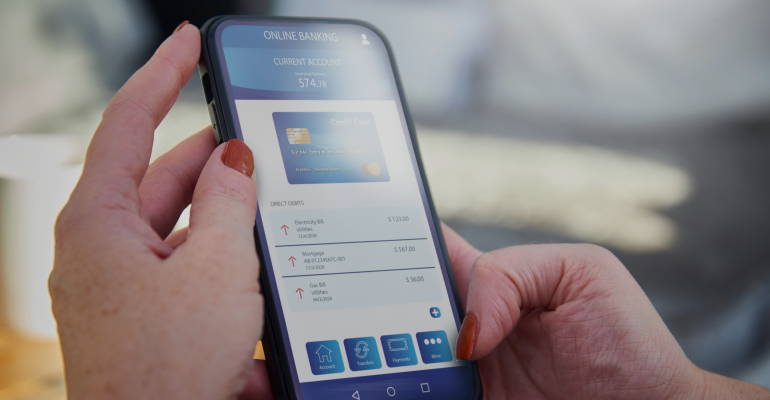Modernizing Legacy Systems in Banking: Why It’s Time to Upgrade

Modernizing Legacy Systems in Banking: Why It’s Time to Upgrade
In a digital-first world, traditional banks face increasing pressure to keep up with agile fintech startups, rising customer expectations, and rapidly evolving technologies. Yet many financial institutions are still operating on outdated, monolithic legacy systems—some of which date back decades.
While these systems may still function, they present a growing risk to performance, compliance, and innovation. That’s why modernizing legacy systems in banking is no longer optional—it’s essential.
What Are Legacy Systems in Banking?
Legacy systems refer to outdated core banking platforms, often built in COBOL or other older languages, that continue to handle critical processes like account management, transaction processing, and customer data. While these systems were once state-of-the-art, they now hinder scalability and adaptability in today’s fast-paced digital environment.
The Risks of Maintaining Legacy Infrastructure
Holding onto legacy systems can lead to significant operational and strategic limitations:
-
High maintenance costs: Legacy tech often requires specialized skills and custom patches.
-
Limited integration: Difficult to connect with APIs, cloud platforms, and modern fintech tools.
-
Security vulnerabilities: Older systems are more prone to cyberattacks and compliance gaps.
-
Slow innovation: Adding new features or digital services can take months or even years.
-
Poor customer experience: Users expect seamless, 24/7 digital services that legacy systems can’t support.
The Benefits of Legacy System Modernization
Upgrading core systems allows banks to remain relevant, compliant, and competitive. Here’s how:
1. Enhanced Agility and Speed
Modern platforms—especially cloud-native and microservices-based architectures—enable faster feature development, deployment, and updates.
2. Improved Security and Compliance
Modern systems support stronger encryption, updated compliance frameworks (like GDPR or PCI-DSS), and better auditability.
3. Scalable Infrastructure
Banks can scale services up or down dynamically to meet customer demand and reduce infrastructure costs.
4. Better Customer Experience
A modern backend supports real-time banking, personalized features, mobile apps, and intuitive digital services.
How to Modernize Without Disrupting the Business
Banks are understandably cautious about major changes to critical systems. However, modernization doesn’t have to mean a full system overhaul. Here are common approaches:
-
Strangling the monolith: Replacing parts of the legacy system piece by piece using microservices.
-
API-first integration: Wrapping legacy functionality in modern APIs to enable new digital services.
-
Cloud migration: Moving core systems or services to scalable cloud infrastructure.
-
Hybrid modernization: Maintaining legacy elements while gradually adopting new technologies.
Why Choose a Nearshore Partner for Legacy Modernization?
Legacy modernization projects require cross-functional expertise—architecture, cloud, security, compliance, and software engineering. This is where nearshore development teams add value:
-
Real-time collaboration with U.S.-based teams
-
Cost-effective delivery without compromising quality
-
Deep fintech and banking knowledge
-
Experience with modernization frameworks and tools
Onephase: Your Strategic Partner in Banking Transformation
At Onephase, we help banks modernize legacy systems with minimal disruption and maximum value. Our nearshore teams specialize in creating scalable, secure, and future-ready infrastructures that power the next generation of digital banking.
Whether you’re beginning with API integration or planning a full migration to the cloud, we guide every step of your digital evolution.

